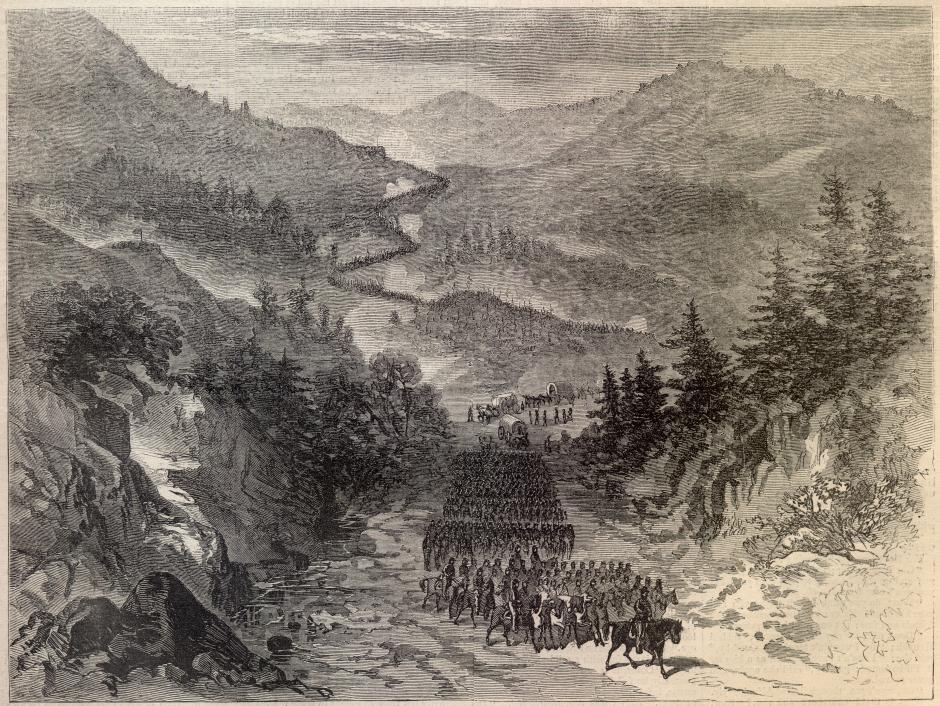Especially with Jackson being around, and able to repel Grant's forces. I'm definitely interested to see how both theaters of the war continue. Also, will these victories and shifting if initiative have Bragg's men in better spirits I wonder.
Lee desperately needed General Winters help to reconstitute his forces and make the Eastern Theatre even close to anything other than the slow slaughter of Pyrrhic Victories.
Jackson and Bragg wouldn't have gotten along, I think, and it definitely had the potential to be even more egregious than I described. Bragg's feuding with the normally taciturn Longstreet is legendary in how it wrecked the Siege of Chattanooga. Getting to use Jackson just in time to send him away (even if it was really Jackson that won the battle rather than vice versa) is about right for Bragg I think.
Lee desperately needs Jackson
back to bolster his forces. After collecting his wounded and sick who can rejoin the ranks, alongside whoever else can be drafted into the army in 1865, besides the garrison at Annapolis, Lee is going to have about 60,000 men ready for duty for the 1865 campaigning season. His army suffered 32,000 casualties from May to November (this includes Jackson's losses) reducing the army considerably!
However, the Army of the Potomac faces similar issues. The 1862 enlistments will be expiring across 1865, and only units that are ready to keep fighting for the long haul will be eager to go in. However, since May of 1864, the Army of the Potomac has suffered 54,000 casualties out of an initial strength of 135,000 men. Only drafts or men freed up from elsewhere can increase the army from its much reduced strength in total.
Damn Forrest always gets the shortend of the stick in these timelines, although what he did post war I can't say he didn't deserve it.
Well he was a slave trader before the war and the founder of the KKK OTL, so I'm not too concerned about having him go out in single combat with my favorite Civil War commander Phil Sheridan

Little Phil was a helluva soldier, and I plan to keep him right on soldiering through the 19th century!
Stonewall Jackson's still alive, ain't he? If Forrests death isnt romantic enough then I wonder who the south will memorialize as the martyr of the old cause, there needs to be some name in those ballads.
Alive and kicking. So is J.E.B Stuart TTL alongside Albert Sidney Johnston (the collapse of his health after the nasty Siege of Corinth notwithstanding. I've tried to not be too indiscriminate with people killed TTL, but generally been even handed in handing out death to both sides. Sherman and Judson "Kill Cavalry" Kilpatrick have all kicked the bucket.
What he did post war? The man presided over the Fort Pillow Massacre.
The Fort Sherman Massacre here! Among other outrages.


